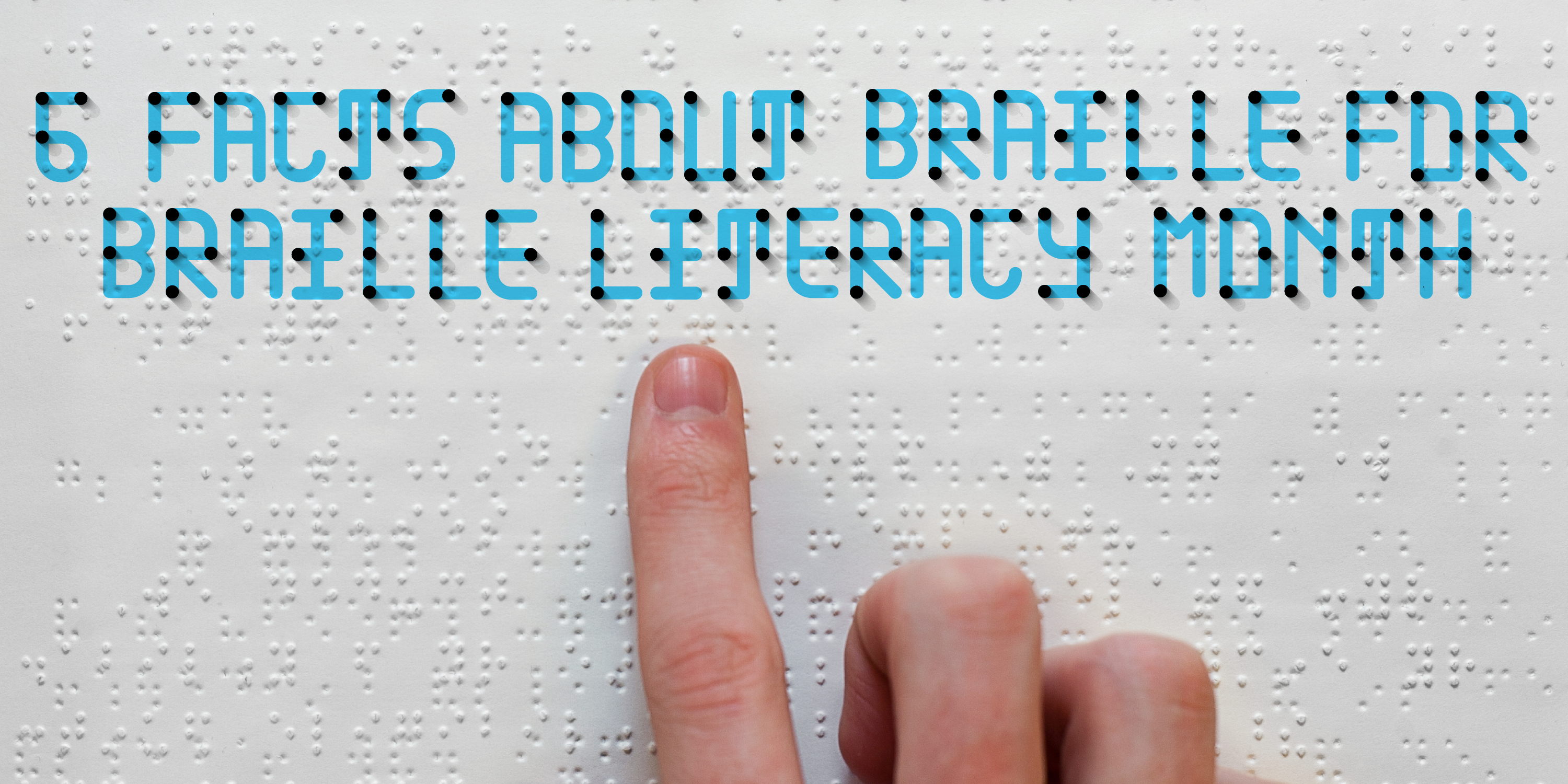January is Braille Literacy Month, which also honors Louie Braille (born on January 4, 1809), creator of the braille system. Braille created this code system at the age of 12 after an accident left him blind at three-years-old. He discovered a French military code called “night writing” that allowed soldiers to communicate in darkness without having to speak. He used their coding to create his very own version and made it accessible for the blind and reading impaired. This system of reading and writing has been used for hundreds of years all throughout the world, but it is not the first. Here are some facts about the tactile system.
- Braille wasn’t the first raised letters system. Before braille was designed, other written communication systems created for the visually impaired included bent wire letters, wood letters and series of pricks.
- Braille is not considered a language. However there are different codes for almost every language including Spanish, Chinese and French. There is also a separate code used for music and math.
- There are six dots that primarily create the coding system. These six dot braille cells have 63 possible combinations, arranged as two columns of three dots.
- Braille is for feet too! Have you ever come across those big, yellow ends of a sidewalk or store? That’s braille for your feet.
- There are two versions of braille – contracted and uncontracted. Uncontracted braille spells out every word, while contracted braille abbreviates common words (example would be do not and don’t).
- There is a Braille Olympics, known as the Braille Challenge which takes place at the Los Angeles Braille Institute. Students from Canada and the United States compete to demonstrate their braille skills in reading comprehension and writing.
Here are some free resources to help you and your family learn more about braille. OCLS offers an array of assistive services, including LEAP (Library eBook Accessibility Program), which provides braille formats that can be read with computers, assistive reading devices, braille printers, and even MP3 players.

